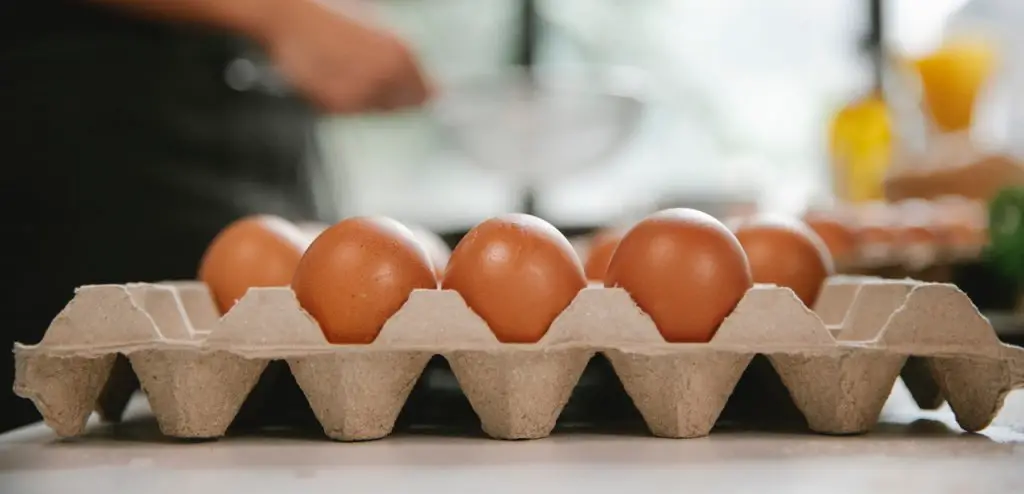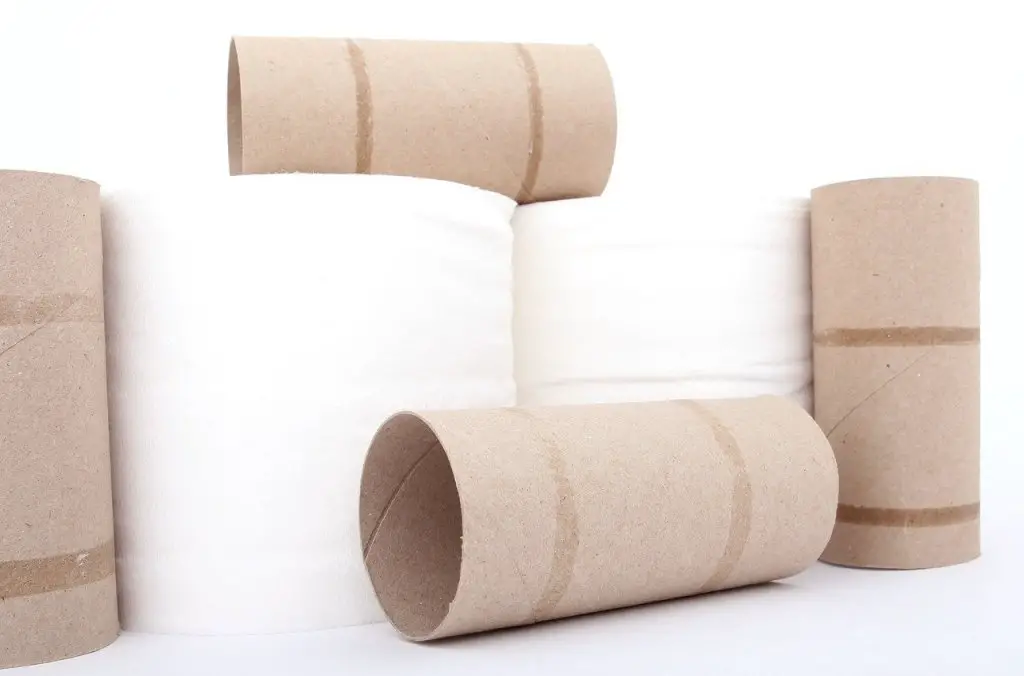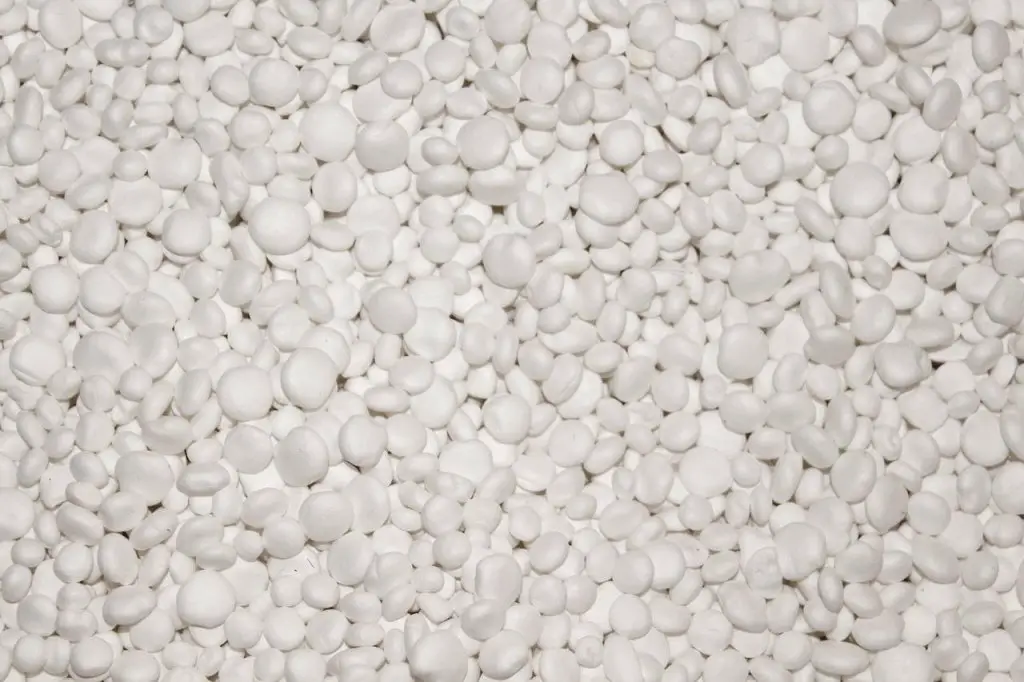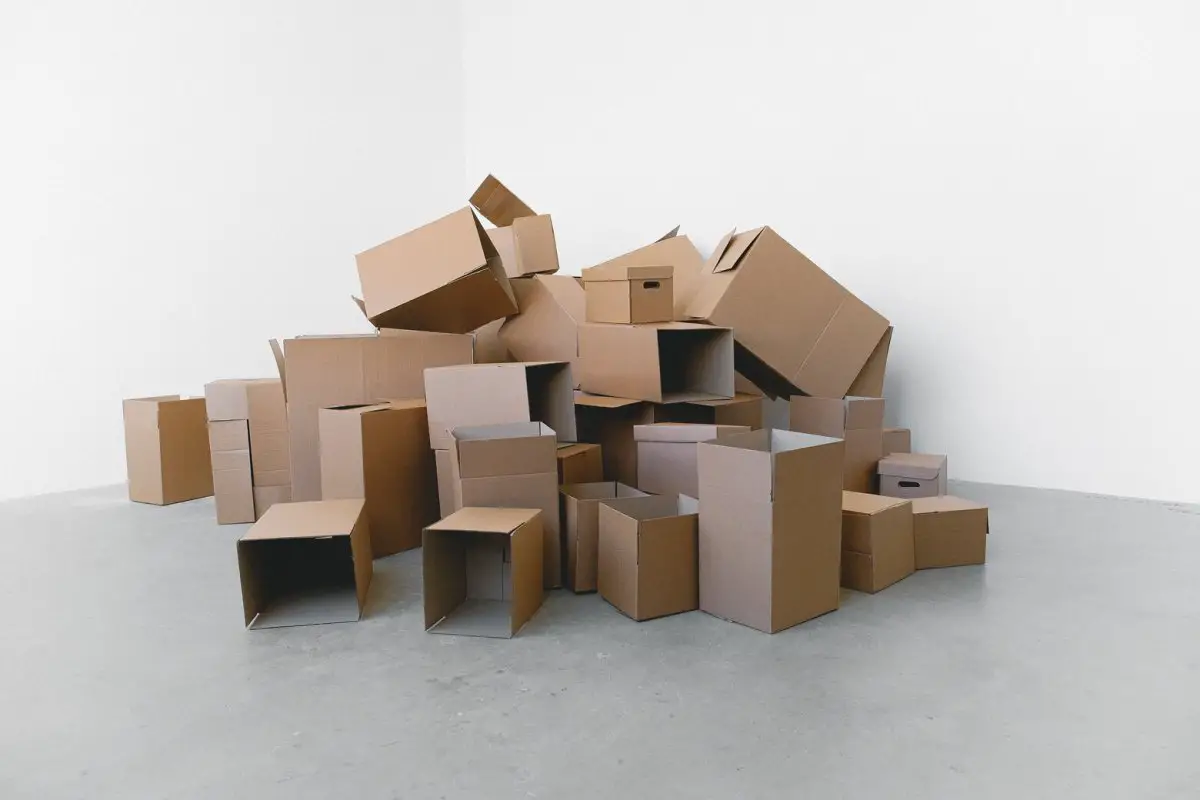If you want a rich carbon source for your compost, using cardboard is one of the most effective solutions today because most cardboard boxes in your home are compostable.
Instead of throwing away those” useless” Amazon gift boxes lying around your home, you can compost them to help reduce cardboard waste, especially considering that 850 million tons of cardboard are thrown away in the United States annually
And the reason is straightforward: It’s inexpensive and a rich source of nutrients for your soil.
Table of Contents
Can You Compost Cardboard?
Yes. Anyone can compost cardboard from the comfort of their homes. The best part is that all cardboard is compostable and easy to find around.
Let’s take a look at some types of cardboards that you can compost, most of these being readily available in households:
- Pizza boxes
- Cereal boxes
- Toilet paper rolls
- Paper towel rolls
- Shoe boxes
- Egg cartons
- Drink boxes
- Paper cups
- Food bags
- Cardboard packaging
Check our video below to find out how to compost cardboard for best results.
What Are the Benefits of Composting Cardboard?
Cardboard is a carbon-rich source that balances the nitrogen-rich materials in your compost. Composting cardboard makes for a great soil and plant fertilizer.
The microbes that break down organic matter into compost material for your soil require enough water and oxygen, and cardboard compost is efficient at trapping moisture.
This composted cardboard also gives your soil enough room for plants to sprout their roots, facilitating healthier growth.
Is Cardboard Good for Garden Soil?
Yes! Your garden will benefit significantly from composted cardboard because it adds organic material to your soil.
It also creates a dark, moist, and secure environment for earthworms that improve the air circulation in soil and provide free fertilizer to your plants.
Your plants will also grow healthier because cardboard discourages weeds from sprouting.
Is It Safe to Compost Cardboard (Is It Toxic for Gardens)?
Adding cardboard to your garden waste is safe because it provides your plants with a nitrogen-rich source.
Cardboard mulch also holds water for extended periods creating the perfect environment for earthworms, your plants‘ best friends.
If you need space to plant new crops in your garden, you can use cardboard to kill lawn grass and weeds entirely.
Is Cardboard Biodegradable?
Yes, cardboard is 100% biodegradable because it‘s produced using plant-based material.
Since cardboard material is paper or cellulose, it has a varying decomposition time that relies on favorable conditions such as humidity for faster degradation.
With enough exposure to the right conditions, cardboard is easily broken down within three months.
On the other hand, decomposing these materials in landfills can take years to decompose them, where cardboard waste is packed tightly in sheets without sufficient aeration.
Is Cardboard “Green” or “Brown” Material?
When composting, cardboard is more brown than green material, just like dead leaves, newspaper, and sawdust.
These brown substances are an essential source of carbon material for your compost, ensuring it’s healthy and promoting sufficient air circulation for better decomposition.
How Long Does It Take To Compost Cardboard?
Large pieces of cardboard take about 6 to 8 months to decompose fully. Sometimes it can take longer when significant amounts of cardboard layers are stacked together in a landfill.
It all depends on how well these sheets of cardboard are exposed to the right atmospheric conditions, such as humidity, which determines the rate they decompose.
For example, if you shred your cardboard into smaller pieces before throwing them into the compost bin, decomposition takes 2 to 3 months.
Always ensure you stir your kitchen waste mixed with organic matter to create better air circulation and speed up the decomposition process.
Cardboard Composting in 4 Easy Steps
Once you decide to compost your cardboard, you must choose the best method for the task.
The following is a step-by-step guide to composting your cardboard.
1. Use Clean Cardboard
Be sure to use only clean cardboard for composting. Use a box cutter to remove any tape on the material because plastic doesn‘t decompose.
Anything that isn‘t organic, including wax, inks, dyes, and other coatings, should be removed. These inorganic materials can emit harmful chemicals into the environment during decomposition.
2. Break Down the Cardboard Into Smaller Pieces
You can use a shredder or box cutter to break down your cardboard into inches for a better mixture with your compost.
Large pieces of cardboard cannot fit in an ordinary compost bin.
3. Layer Your Cardboard in the Compost Bin
Add your shredded cardboard to your compost layers to create a consistent texture throughout the bin.
4. Turn the Pile Regularly
Turn your compost pile every few days to promote uniform decomposition and texture throughout the bin.
About The Lasagna Method
This method involves using sheets of cardboard to add layers to your compost.
Start with placing a cardboard sheet in your bin and adding a layer of soil. Next, wet your compost and add another sheet of cardboard on top.
While the method is efficient, it takes longer for the decomposition process to end because you don‘t need to turn the compost.
Can You Compost Cardboard Egg Cartons?
Yes! However, it‘s only possible if your cartons are 100% cardboard-based.
You can use a box cutter to shred the cartons into smaller pieces and add them to your compost bin. These pieces of shredded cartons quickly soften when mixed with compost.
On the other hand, if your egg carton is made of different materials like plastic and styrofoam, you cannot compost them.
Instead, it‘s wise to reuse these cartons whenever you restock your eggs to prevent environmental pollution when they‘re disposed of.
When it comes to packaging eggs, always go for the most environmentally-friendly options, including paper and cardboard. These cartons are made of natural materials like plant pulp and provide excellent protection for your eggs.

Can You Compost Toilet Paper Rolls?
Yes! People often assume that food waste is the only organic material you can add to your compost pile.
You can also make compost from toilet paper rolls produced using plant material.
While you can compost these items whole, tearing the cardboard into small pieces helps speed up decomposition. Because of the similar materials, you can also add paper towel rolls to the compost heap.
However, some manufacturers line their paper rolls with non-degradable material that won’t decompose the compost heap. If you cannot remove the non-compostable linings, it’s best to avoid these types of products for your heap.
Similarly, don’t use toilet paper rolls that have come into contact with adhesive chemicals like bathroom cleaners.

Is It Possible to Compost Styrofoam?
You cannot compost styrofoam.
Styrofoam is produced using styrene, a joint organic compound. However, styrofoam isn’t a natural material because it’s mixed with other inorganic substances to create the final product.
Microorganisms cannot break down styrofoam into small pieces for your compost due to polystyrene.

Can You Turn Cardboard Into Mulch?
Yes, there are many benefits involved with turning cardboard into mulch.
Mulching is an innovative solution that cuts down on irrigation because the cardboard can efficiently trap water for extended periods.
Sheet mulching is one of the primary forms of mulching using cardboard because it provides enough moisture and nutrients for the plants, but it also discourages grass and weeds from sprouting.
Earthworms also build their habitats within these sheets and give your plants manure through their droppings.
Is It Better to Recycle or Compost Cardboard?
Recycling and composting are two standard solutions for handling waste that are often confused with the other.
Composting involves breaking down waste material into biodegradable elements commonly used as fertilizer for your soil.
On the other hand, recycling breaks down the same materials into new products that can be consumed afresh.
It can be hard to choose between composting and recycling your cardboard.
While recycling is standard for non-biodegradable options, it‘s still the best solution for degradable materials because it offers a more eco-friendly option.
Recycling involves reusing the raw materials or waste to create a new product, unlike composting, which emits methane gas into the atmosphere.
Similarly, recycling is more of a communal activity with many experienced advantages, while composting is a local task that benefits the person involved.

